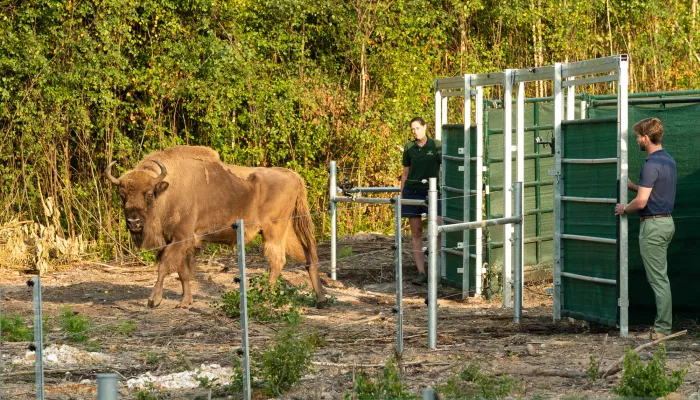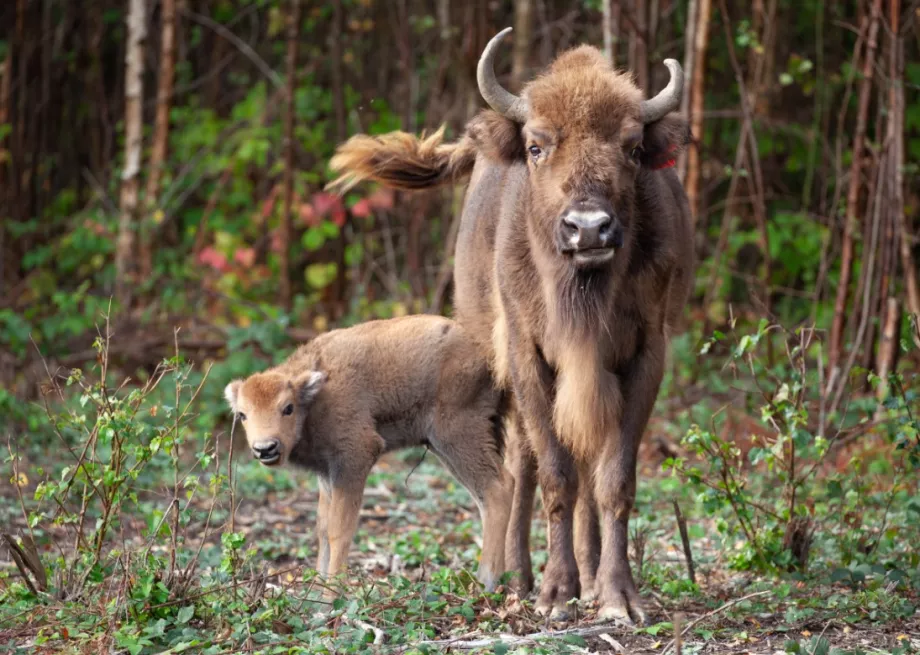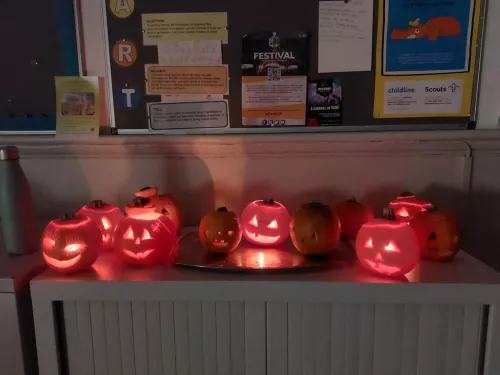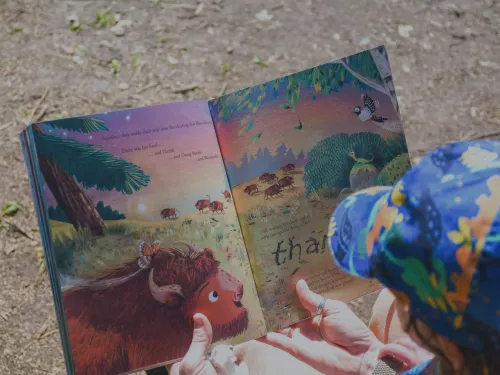
10 must-visit Kent woodlands
Be sure to check out these 10 woods whilst exploring Kent, each offering something a little different across the county.


RSPB research ecologist Chloe Hardman using quadrat to survey plant communities at Hope Farm in Cambridgeshire. May 2011.. Chris Gomersall/2020VISION
In this workshop, learners are invited to our West Blean and Thornden Woods site to investigate the impact that the bison (and our other wilder grazers) are having on the species abundance and diversity.
The workshop will begin with discussion around the process of succession and how the process is important in woodland environments to increase the diversity of plant species, as well as increasing the diversity of habitats within the woodland and therefore the diversity of animals species.
One issue currently facing many woodlands across the UK is that when the whole woodland reaches the climax community it forms one closed canopy forest, which decreases diversity. In a healthy woodland there would be natural disturbance, which removes some of the big trees, creating bare ground and beginning the process of succession again.
Currently, the Blean woods has too little natural disturbance. The aim of the introduction of the bison, long horn cattle and iron age pigs will create natural disturbance and in turn create a healthier woodland.
In this GCSE workshop, learners use a range of investigation techniques, including transects and quadrats, to investigate succession in the Blean, measuring species abundance and analyse the potential impacts of the bison and the other wilder grazers in the Blean.

Donovan Wright
This workshop looks at how the bison are being utilised in the Blean as a nature-based solution to woodland restoration. Learners investigate how woodland restoration is being used as a tool to increase carbon capture in the battle against the current climate crisis.
Learners investigate three distinct areas of the Blean woodland, each with different management strategies, and analyse the impacts of the different management strategies on carbon capture in the Blean.
Learners gather data on how much carbon is stored in the biomass of different trees, using a range of investigation techniques. This data is then extrapolated to build a big picture from which learners analyse the impact of the bison on carbon storage and ultimately answer how the introduction of bison to the Blean might mitigate against the climate crisis.

Helena Dolby
These experiences not only deepen students' understanding of the curriculum but also instil a sense of wonder and appreciation for the natural world. Through our workshops, we strive to facilitate unique outdoor learning experiences that empower students and support schools in achieving their educational goals. Join us this year and be part of one of the most pioneering and forward thinking conservation projects in the UK – the Wilder Blean project.

Be sure to check out these 10 woods whilst exploring Kent, each offering something a little different across the county.

Here's how to make your Halloween sustainable, from trick-or-treating more responsibly to using the entire pumpkin.

Check out our list of ten brilliant nature-themed books for children, all sorted by recommended reading age for ease of browsing!